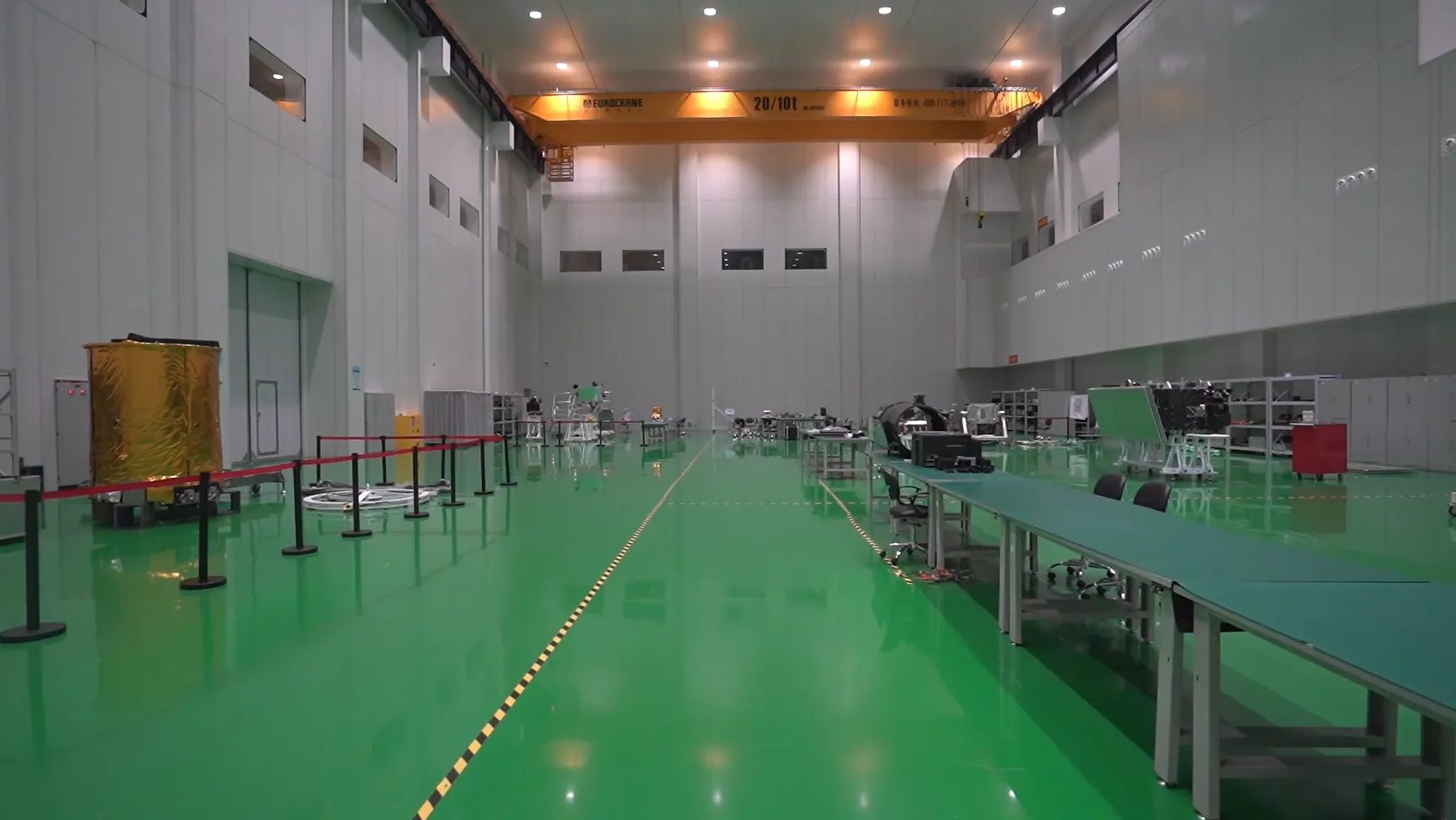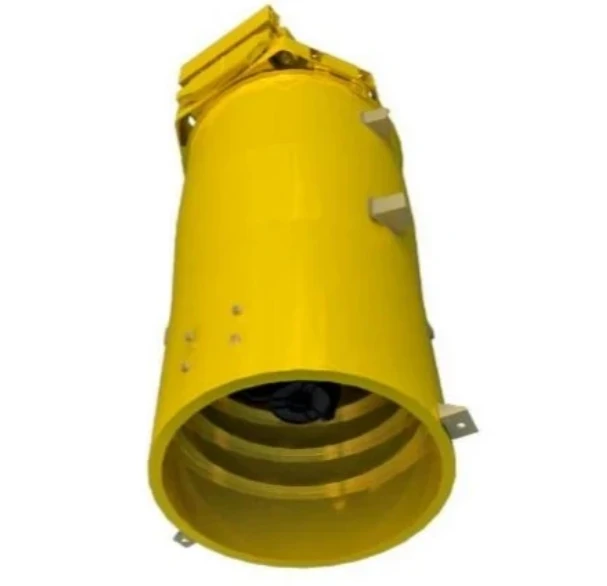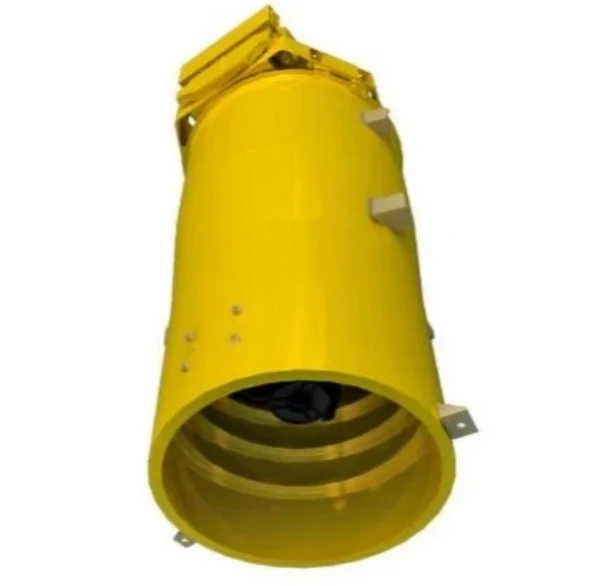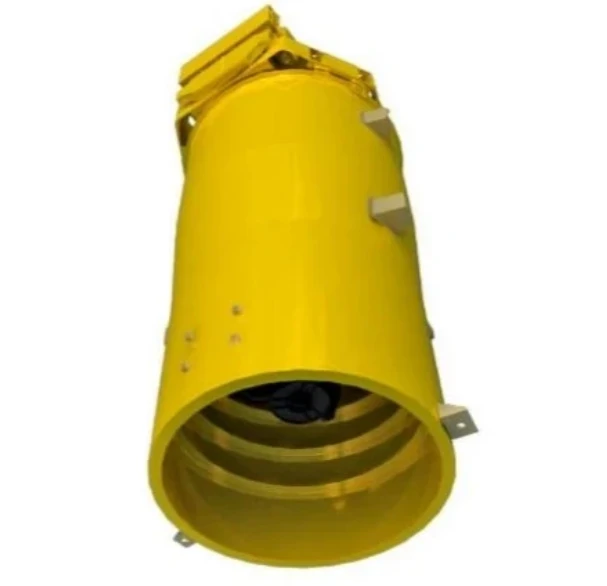
- Afríku
- albanska
- amharíska
- arabíska
- Armenska
- Aserbaídsjan
- baskneska
- hvítrússneska
- bengalska
- bosníska
- búlgarska
- katalónska
- Cebuano
- Kína
- korsíkanskt
- króatíska
- tékkneska
- danska
- hollenska
- ensku
- esperantó
- eistneska
- finnska
- franska
- frísneska
- galisíska
- georgískt
- þýska
- grísku
- Gújaratí
- Haítískt kreóla
- Hausa
- hawaiískur
- hebreska
- Nei
- Miaó
- ungverska
- íslenskur
- igbó
- indónesíska
- írska
- ítalska
- japönsku
- javanska
- Kannada
- kasakska
- Khmer
- Rúanda
- kóreska
- Kúrda
- Kirgisi
- Vinnumálastofnun
- latína
- lettneska
- litháískur
- Lúxemborg
- makedónska
- malagasíska
- malaíska
- Malajalam
- maltneska
- Maori
- Marathi
- mongólska
- Mjanmar
- nepalska
- norska
- norska
- oksítanska
- Pastó
- persneska
- pólsku
- portúgalska
- Púndjabí
- rúmenska
- rússneska
- Samósk
- skosk gelíska
- serbneska
- ensku
- Shona
- Sindhi
- Sinhala
- slóvakíska
- slóvenska
- sómalska
- spænska
- Sundaneskir
- svahílí
- sænsku
- Tagalog
- Tadsjikska
- tamílska
- Tatar
- telúgú
- Tælensk
- tyrkneska
- Túrkmena
- úkraínska
- Úrdú
- Uighur
- úsbekskur
- Víetnamska
- velska
- Hjálp
- jiddíska
- Jórúba
- Zulu
The Power of Remote Sensing Images
Remote sensing technology has transformed the way we monitor and understand the Earth’s surface. With high-resolution imaging capabilities, high-resolution remote sensing images provide critical insights into various environmental, agricultural, and urban applications. From satellite imagery in remote sensing to land use mapping, this technology has become an essential tool for scientists, governments, and businesses alike. In this article, we explore the significance of remote sensing and satellite imagery, how to access current satellite images, and the role of Normalized Difference Vegetation Index (NDVI) in enhancing our understanding of the planet.

High-Resolution Remote Sensing Images: Unlocking Detailed Insights
High-resolution remote sensing images are one of the most advanced tools available today for capturing detailed visual data from the Earth's surface. These images, often taken by satellites or aircraft, offer precise and clear representations of geographical features, landscapes, and infrastructures.
The advantage of high-resolution remote sensing images lies in their ability to capture finer details at much smaller scales than traditional images. This allows for a deeper understanding of environmental changes, land usage, and other factors such as crop health or urban expansion. As the technology behind remote sensing improves, these images continue to provide clearer and more accurate data, making them invaluable for urban planning, agriculture, forestry, disaster management, and environmental monitoring.
With applications spanning across multiple industries, high-resolution remote sensing images play a vital role in decision-making processes, ensuring that policymakers and organizations can take informed actions based on real-time, precise data.
Remote Sensing and Satellite Imagery: A Powerful Combination
The combination of remote sensing and satellite imagery has revolutionized how we study and understand the Earth's surface. Satellite images provide a comprehensive view of large areas, making it possible to monitor regions that are difficult or impossible to reach with traditional methods.
Satellite imagery in remote sensing enables a wide array of applications, from tracking deforestation and desertification to monitoring crop health and urban sprawl. Satellites capture data in different wavelengths, allowing scientists to examine various aspects of the environment, including the atmosphere, oceans, and land surfaces. The data collected can be used to track changes over time, identify trends, and predict future developments.
Furthermore, satellite imagery in remote sensing has been pivotal in disaster response and climate change monitoring. By analyzing satellite data, experts can assess the impact of natural disasters like floods, hurricanes, and wildfires, as well as monitor long-term environmental changes such as rising sea levels and shifts in vegetation.
How to Get Current Satellite Images: Real-Time Insights
Accessing current satellite images has never been easier thanks to advances in satellite technology and the growing availability of satellite data. Governments, private companies, and research organizations provide platforms where anyone can obtain real-time satellite imagery of various regions worldwide.
Many satellites are constantly orbiting the Earth, capturing images in near-real-time. This means that, with the right tools, it’s possible to obtain current satellite images within hours or even minutes of being taken. Some platforms provide free access to satellite imagery, such as NASA's Earth Observing System Data and Information System (EOSDIS) or the European Space Agency's Copernicus program, which offers data from the Sentinel satellites.
The ability to obtain current satellite images is essential for many applications, including disaster monitoring, environmental protection, and military surveillance. With satellite images remote sensing data used for a wide range of purposes, users can stay informed about events as they unfold and make data-driven decisions with up-to-date information.
Remote Sensing Satellite Image of Land Use: Mapping the Earth’s Changes
Remote sensing satellite images of land use are key to understanding how human activities shape the environment. These images can capture large-scale patterns of land development, urban expansion, and changes in agricultural practices.
By analyzing remote sensing satellite images of land use, experts can detect changes in vegetation, forest cover, and urban sprawl. This allows for better management of natural resources, as well as more efficient planning of cities and infrastructure. For example, analyzing land use patterns can help governments develop policies that promote sustainable land management and reduce the impact of urbanization on the environment.
Furthermore, remote sensing satellite images of land use are invaluable for assessing the impacts of land degradation, such as soil erosion or deforestation, and for monitoring land restoration efforts. By studying these images over time, scientists can track the success of conservation projects and make adjustments as necessary to protect vital ecosystems.
Normalized Difference Vegetation Index: Enhancing Vegetation Monitoring
The Normalized Difference Vegetation Index (NDVI) is a powerful tool used in remote sensing to measure vegetation health. NDVI values are derived from satellite images that capture the difference between near-infrared and visible light reflected by plants. This index is crucial for tracking vegetation growth, detecting drought conditions, and managing agricultural production.
NDVI provides a quantifiable measure of vegetation health, helping farmers monitor crop conditions and assess the effectiveness of irrigation systems. It also plays a significant role in environmental studies, such as tracking the spread of deserts, deforestation, and the impact of climate change on global vegetation patterns.
Með því að nýta NDVI derived from remote sensing satellite images, experts can make informed decisions regarding land use and resource management. This enables better land conservation practices and more efficient agricultural planning, ensuring that resources are used sustainably while minimizing environmental degradation.
Remote Sensing and Satellite Imagery FAQs
What are high-resolution remote sensing images used for?
High-resolution remote sensing images are used in applications like urban planning, agriculture, forestry, environmental monitoring, and disaster management. They provide detailed data on the Earth's surface, helping experts make informed decisions.
How does satellite imagery aid in remote sensing?
Satellite imagery in remote sensing allows scientists to monitor large-scale environmental changes, such as deforestation, urban expansion, and crop health. It provides valuable insights into the Earth's surface and atmosphere by capturing data across various wavelengths.
How can I access current satellite images?
You can access current satellite images through various platforms provided by organizations like NASA or the European Space Agency. Some services offer real-time satellite imagery for free or at a low cost for specific applications.
What can remote sensing satellite images tell us about land use?
Remote sensing satellite images of land use reveal changes in vegetation, urban development, and agriculture. These images help assess the impacts of human activities on the environment and guide sustainable land management practices.
What is the Normalized Difference Vegetation Index (NDVI) and why is it important?
The Normalized Difference Vegetation Index (NDVI) is an indicator used in remote sensing to assess vegetation health. NDVI values help monitor crop conditions, detect drought, and track long-term environmental changes in vegetation.
As we continue to unlock the power of high-resolution remote sensing images, satellite imagery in remote sensing, and sophisticated indices like NDVI, the potential for more informed, efficient, and sustainable decision-making grows. The ability to access real-time data through current satellite images and analyze changes in land use through remote sensing satellite images allows us to better understand and manage our planet's resources.











